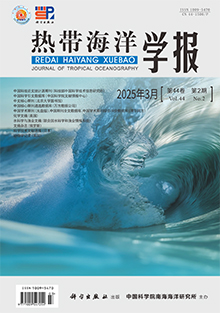To evaluate the nutritional value, taste activity and health risk, the content of fatty acid, hydrolyzed amino acid, free amino acid and heavy metal in Phascolosama esulenta from Beihai of Guangxi, Zhanjiang of Guangdong, and Ningde of Fujian were analyzed. Twenty-two types of fatty acids were detected in these three regions. The hypercholesterolemia index HI was 13.11 in Beihai, 14.09 in Zhanjiang, 16.64 in Ningde, the atherogenic index AI was 0.49, 0.49, 0.56, and the thrombosis index TI was 0.62, 0.75, 0.81, respectively. There were 17 hydrolyzed amino acids in each of the three regions, with a total amino acids (TAA) of 159.70 mg·g-1, 155.97 mg·g-1, and 161.49 mg·g-1, respectively, and there was no significant difference. According to the Food and Agriculture Organization of the United Nations / Word Health Organization (FAO/WHO), when using the amino acid score (AAS) and chemical score (CA) as standards, the first and second limiting amino acids of the three regions of the P. esulenta are Met + Cys, and Val, respectively. In addition, the essential amino acid indexes (EAAI) were 11.14, 10.62 and 11.37, respectively, indicating that the three regions of the P. esulenta can all serve as ideal protein sources. The results of free amino acids showed that the P. esulenta of Beihai contained 15 kinds of free amino acids, while Zhanjiang and Ningde both contained 16 free amino acids, with a significant difference in total free amino acid content (p < 0.05). It was found that the taste activity values (TAV) of Glu, Gly and Ala in the free amino acids of the three regions were all greater than 1, indicating that these three amino acids contribute the most to flavor formation. Additionally, the heavy metal content analysis indicated that the heavy metal level in Beihai and Zhanjiang was Zn > Pb > Cu > As > Cd > Hg, while the content of heavy metals in Ningde was Zn > Cu > Pb > As > Cd > Hg. The single pollution index showed that the three geographic groups were all heavily polluted by the heavy metal Pb, of which Ningde was the most serious. The comprehensive pollution index showed that the heavy metal pollution of P. esculeata in the Beihai reached the threshold for slight pollution (P = 0.96), Zhanjiang and Ningde were moderately polluted (1 < P < 2). The single target hazard quotient (THQ) and the compound target hazard quotient (TTHQ) were all less than 1, indicating that there was no potential health risk for adults and children for the consumption of this species. The results provide a theoretical basis for the utilization and subsequent industrial precision processing of P. esculeata.




